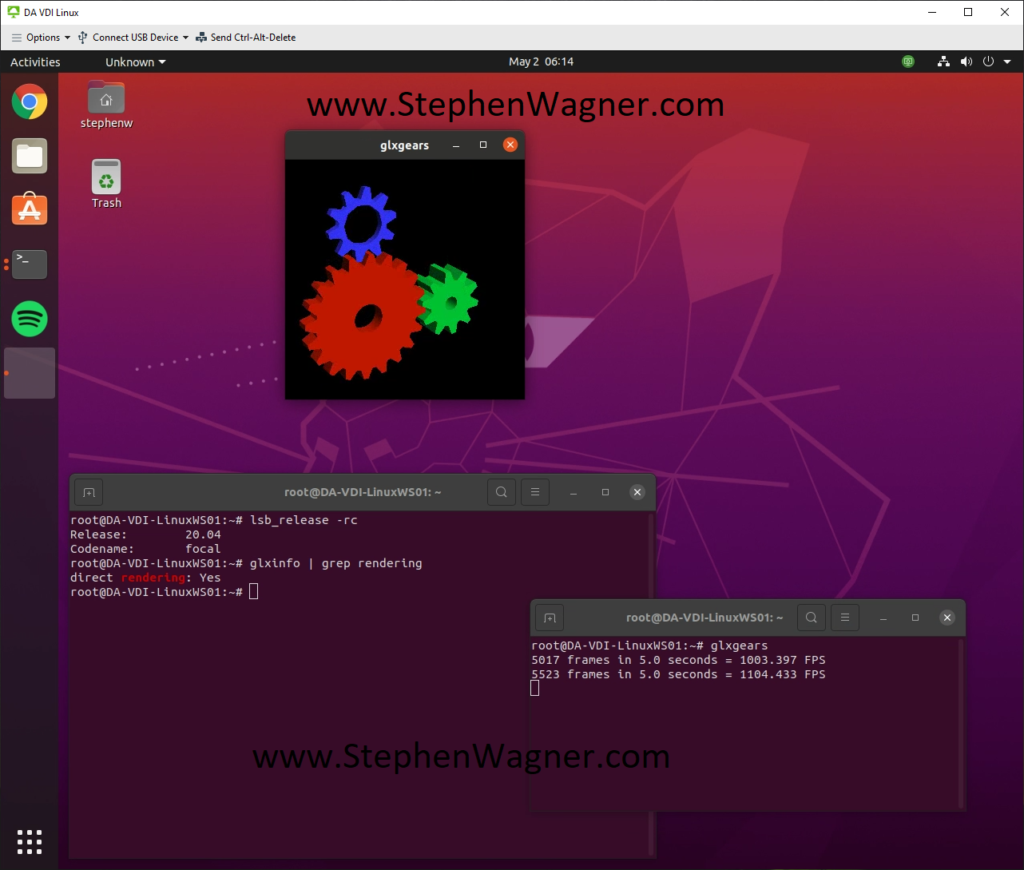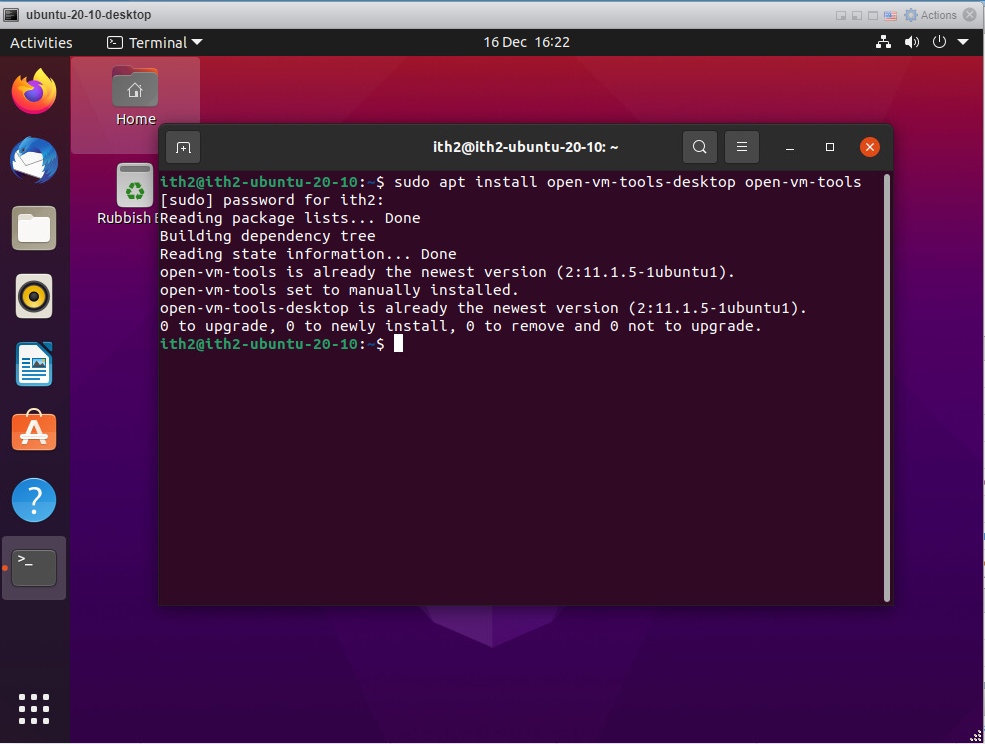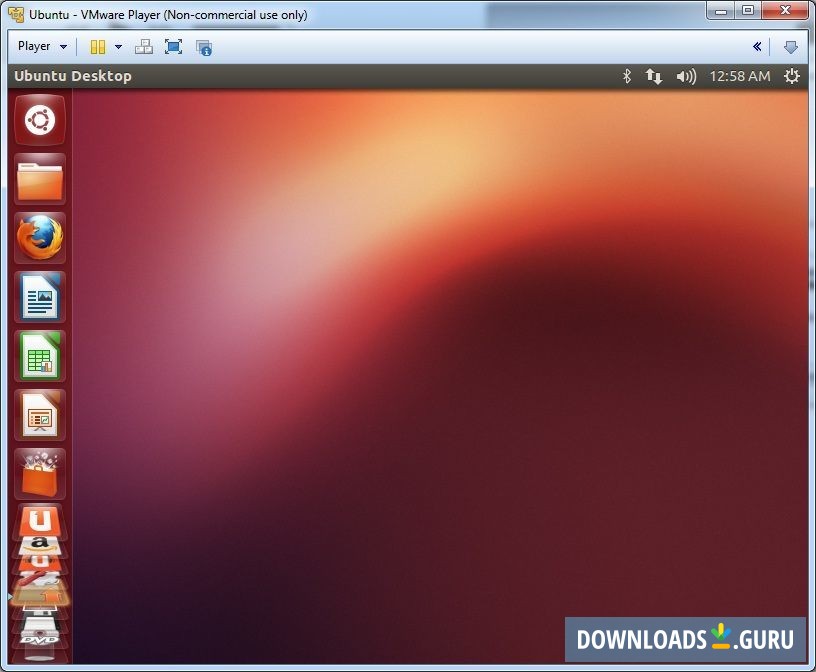

It also supports the latest Intel 64-bit and x86 processors including the new Haswell microarchitecture for maximum performance.

With support for more than 200 operating systems, including Microsoft latest Windows 10 preview, VMware Workstation is a great tool to have if you’re an IT person. This new release supports the latest processors and hardware and the ability to connect to VMware’s VCloud Air. I’ve just installed it on my Windows 8.1 machine. Installing on Windows is easy, just go and grab the executable file for your version of Windows and install. On the apps dashboard, search for and select VMware Player.VMware workstation 11 has been released and this brief tutorial is going to show you how to install it in Ubuntu. Click the Show Application button at the bottom left. 100%Īfter the installation above, go and launch VMware Workstation Player from the Activities Dashboard. Once you see the message below, you’re done. This means, you won’t have to complete an installation wizard.Īfter a brief moment, the installation should complete with a success message similar to the one below. In Ubuntu, the installation will be run non-interactively. Wget -user-agent="Mozilla/5.0 (X11 Ubuntu Linux x86_64 rv:91.0) Gecko/20100101 Firefox/91.0" Īfter downloading above, run the commands below to make the package executable and install VMware Workstation Player. The link below gets you there.Īlternatively, run the commands below to download the latest version of VMware Workstation Player on the terminal console. Sudo apt install wget gcc build-essential linux-headers-generic linux-headers-$(uname -r) How to download and install VMware PlayerĪfter installing the packages above, go and download VMware Workstation Player from its download page and install it.

In order to install VMware Workstation Player on Ubuntu, you must first install supporting packages and build dependencies.


 0 kommentar(er)
0 kommentar(er)
